Q Station, Manly: Stunning discovery at one of Australia’s most haunted places
It’s notorious for being one of the most haunted places in Australia. But that’s not what makes this spot so surprising.
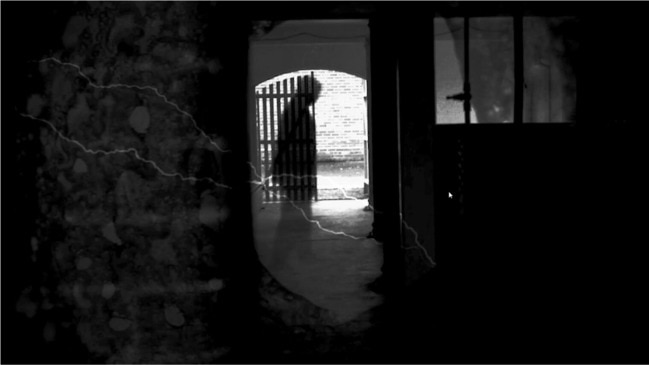
For decades this landmark on the doorstep of Sydney Harbour was a place of suffering and dread.
A mandatory pullover zone for incoming migrant ships with contagion on board, the old North Head Quarantine Station was where the ships' passengers and crew were held in isolation before they were cleared to enter Sydney, unless they died from illness – or met some other terrible fate – sooner than that.

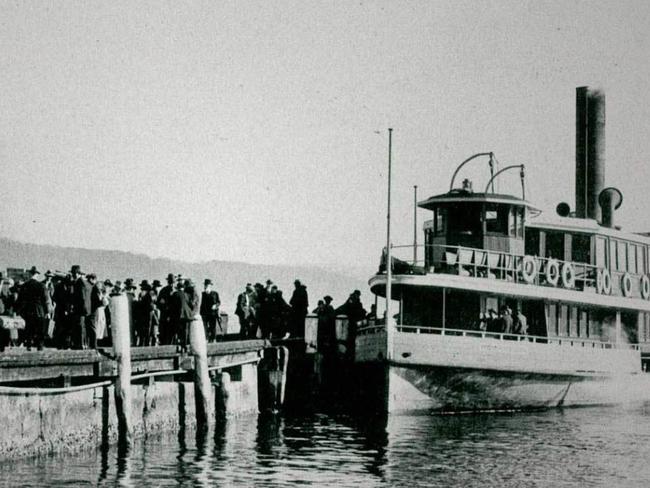
For 150 years the historic precinct now called Q Station was considered Sydney’s best line of defence against global outbreaks of disease, such as bubonic plague, typhus fever, smallpox and the Spanish flu.
Earlier than that, the area was considered a special place of healing and teaching by local Aboriginal people. Today, it’s better known as one of the paranormally active sites in Australia, with many of its tormented former inhabitants apparently lurking in the historic buildings.
While nightly ghost tours are perhaps Q Station’s biggest drawcard for visitors and hotel guests, there are a host of other unexpected features at the site that, thankfully, don’t go bump in the night.
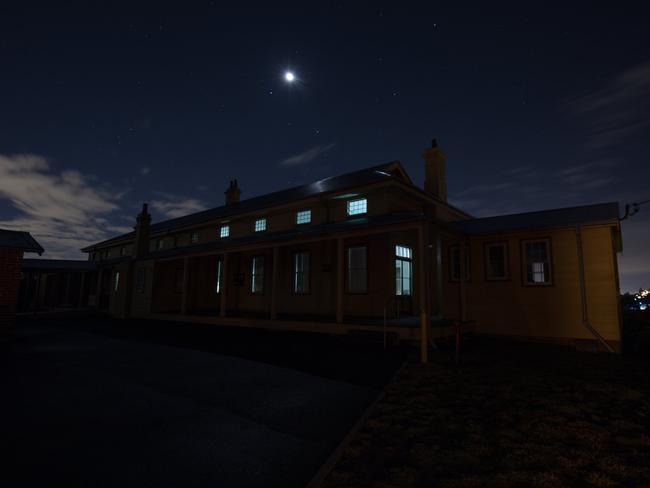

PRIVATE BEACH, WITHOUT THE CROWDS
The former quarantine facility is a village of some 60 heritage buildings sprawled across steep hillside on Sydney’s dramatic North Head, close to Manly. Hotel guests can stay in the refurbished cottages and suites where staff lived and passengers and crew were held in isolation.
Back in the day, passengers were appointed quarantine quarters corresponding to their particular cabin class on the ship – there were grand dining halls and smoking rooms for first class passengers; shabby dorms for those with third class tickets. The worst rooms were reserved for “Asiatics”.
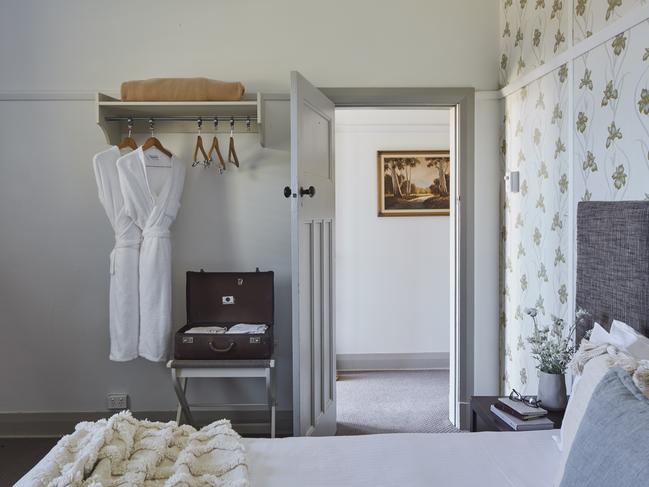

Some buildings have been renovated to host conferences and weddings but many have been preserved as tourist attractions: the old hospital with chilling rows of patient beds; the dreaded shower block where quarantine arrivals were sent for chemical showers; and the shudder-inducing Gravedigger’s Cottage, where multiple girls and women were said to have suffered at the hands of evil doctors.
While the buildings carry a grim history, the surrounding bushland is gorgeous – the area was preserved as national parkland in the 1980s and begs for a bushwalk.
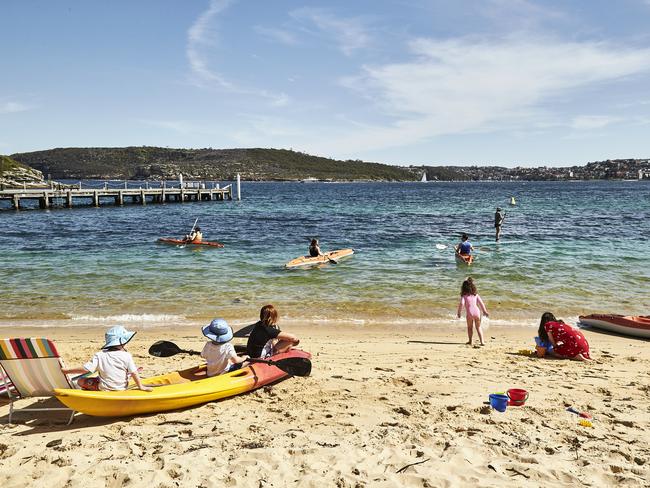

Down at the wharf is Quarantine Beach, where the sickness-stricken ships would dock for passengers to disembark for quarantine. It’s an unexpected spot of coastal beauty in what would have been a frightful place for those early arrivals, with gentle harbour waves lapping the golden sand.
Kayaking and paddle boarding equipment is available, but there are plenty of spots to sit back and take in the views of Sydney Harbour if you’d prefer to stay dry.
It’s rare to find a Sydney beach so calm and quiet in the middle of a warm day. Even more delightful, at sunrise and sunset, it’s a haven for penguins.
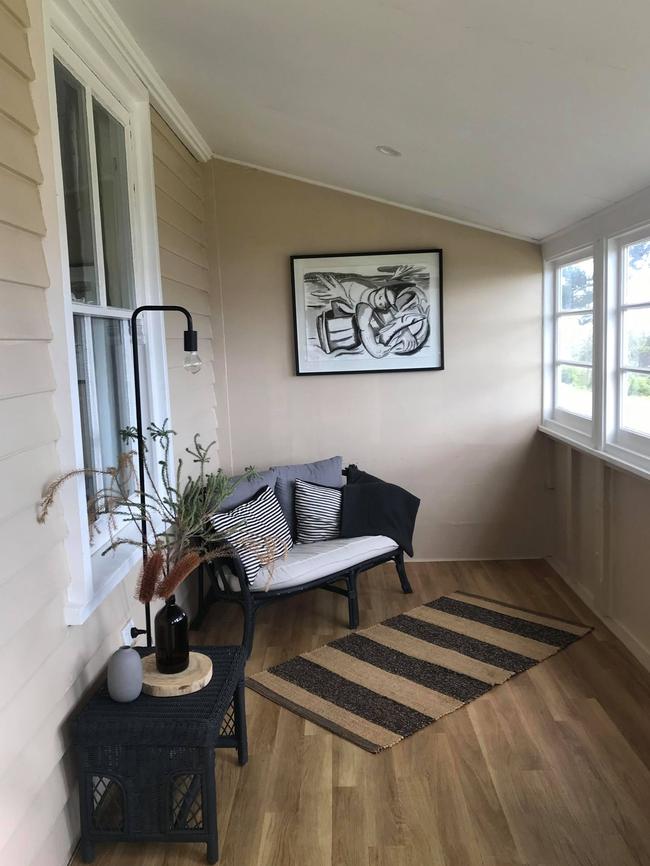
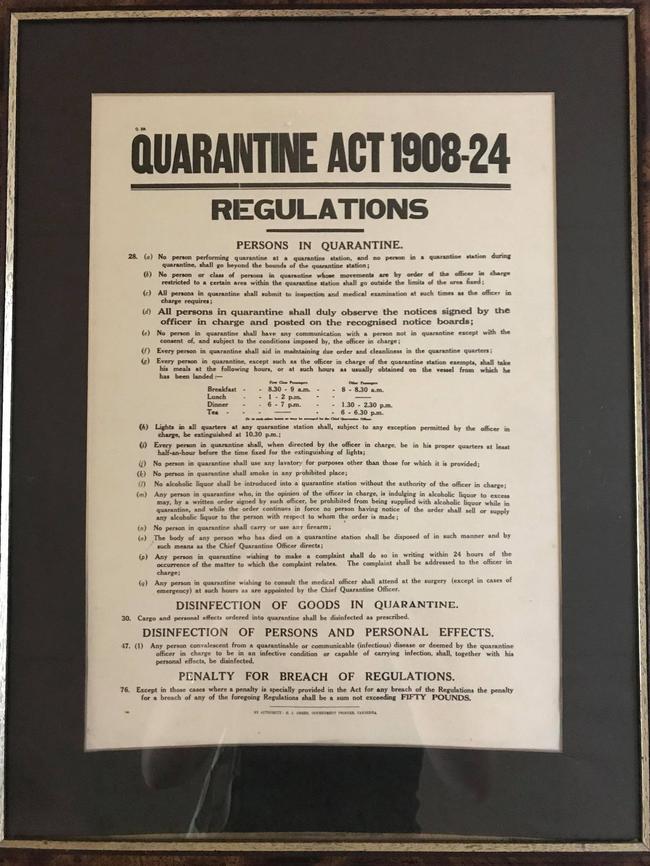
IT’S AN UNEXPECTED FOOD DESTINATION
There are limited food options if you’re staying at Q Station, so thankfully what’s there is very good. So good, in fact, its Boilerhouse Kitchen and Bar is considered one of the best restaurants in Manly, and a destination for diners in itself.
Set in the original boiling house building, it recently welcomed a new executive chef – Griff Pamment, formerly of Longrain – and a revamped menu of two- and three-course menus for lunch and dinner.
The Coral Coast barramundi with green pawpaw, mango and punchy nam jim dressing comes highly recommended by this writer.
Views Restaurant, where guests can enjoy their (COVID-safe) buffet breakfast, must be one of the most tranquil spots for sweeping harbour views you could find.
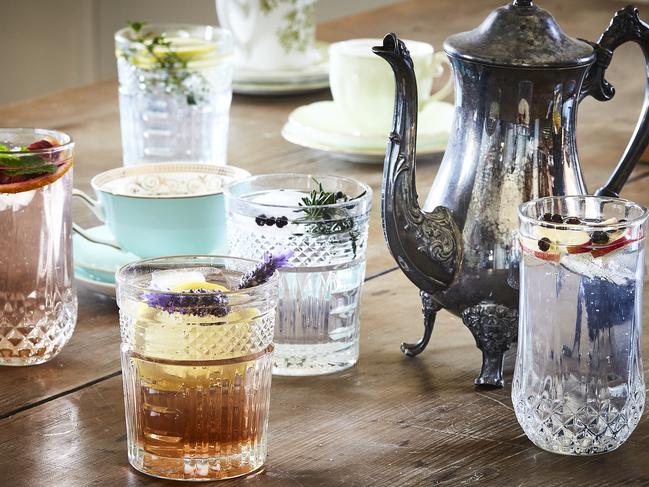
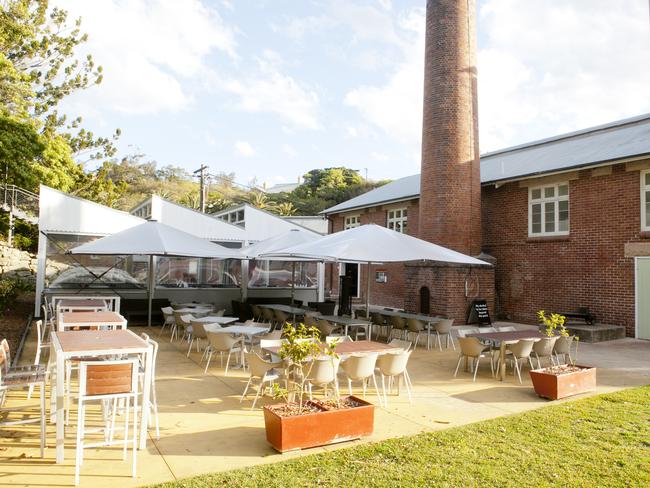
A charming new addition to Q Station is G&Tea House, which specialises in tea-infused gin cocktails and traditional high tea on weekends. Set in a restored cottage, with each room decorated with heritage pieces from the 1800s, the pretty tea house is a real step back in time, with drinks served in vintage glasses and teacups.
Sunset Sessions are held on Saturdays from 5pm, when in-house guests and day visitors can grab a drink and snack from the G&Tea House bar, spread out a picnic blanket on the grassy hill outside, and watch the spectacular sunset to the sound of live music.
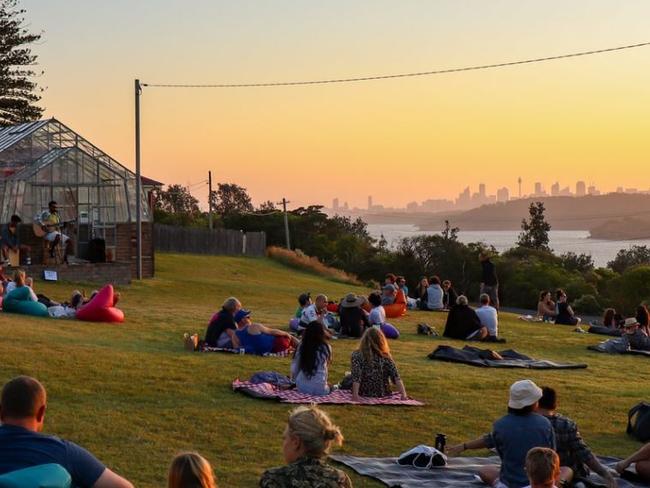
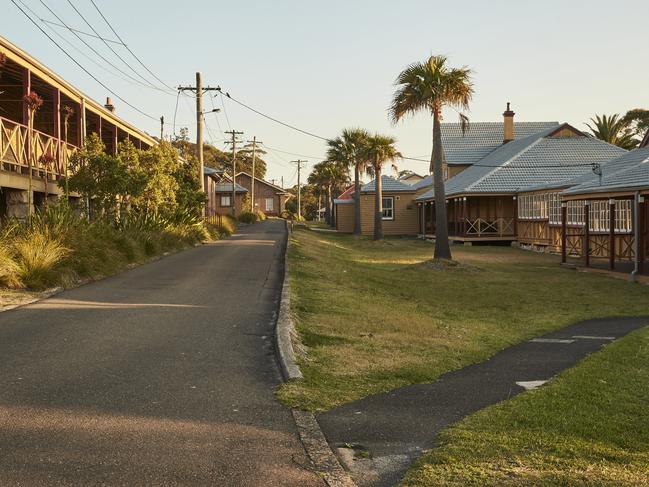
THE GHOST STORIES ARE GREAT, BUT HISTORY LESSONS EVEN BETTER
Even if you’re not a big believer in the paranormal, Q Station’s famous after-dark ghost tours are a fun way to explore the preserved buildings and indulge in the macabre history of the quarantine station – as well as hear accounts of visitors being tormented, sometimes physically, by the dark spectres believed to lurk there still.
While ghost stories can be chilling, sometimes what’s in the history books can be even more so. And there is something compelling about learning about a horrible time in history while living through somewhat of its present-day parallel.
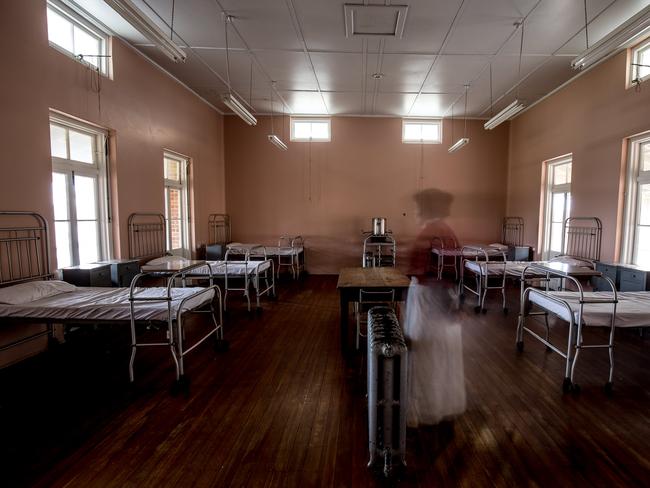

Q Station’s visitor centre is packed with relics from various global pandemics, and stories about outbreak panic, border control and self-isolation gloominess that are unnervingly relatable today.
Visitors can also explore the site on their own or on daily guided walking tours. One building, which contains a single, windowless room, was used as a gas-inhalation chamber, under the misguided belief a good dose of zinc sulfate would kill a virus in the lungs (if anything, it made people more susceptible to infection).
Another building contains a large vaulted chamber that was used to fumigate passengers’ luggage on arrival and was as successful at ruining clothes as it was at killing vermin.
The infamous shower block was the first dreaded stop for quarantine arrivals, where they were forced to strip for carbolic acid showers. This was, by all accounts, a particularly traumatic welcome to Australia.
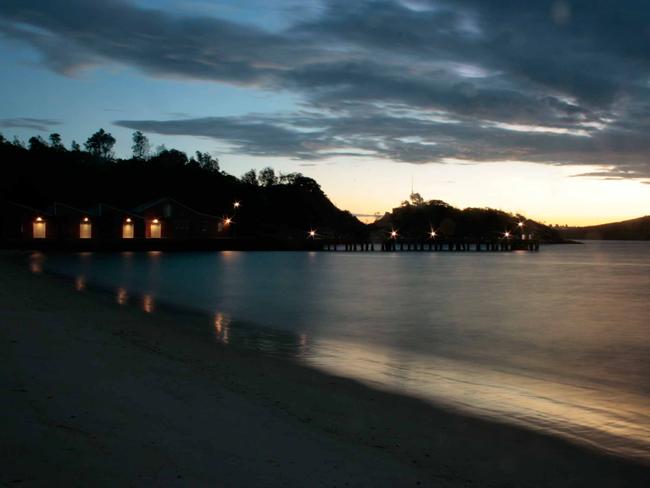

The rest of the stay in quarantine wasn’t much of a picnic, either. Close to the wharf is a large sandstone rock face covered with painted, carved and scratched inscriptions from many of the 12,000 people who were incarcerated at the quarantine station.
Some are initials, others are drawings, and many describe the misery of life in quarantine, scribed in a range of languages.
One inscription from 1917 by Xie Ping De from He County, China is especially vivid:
“Sky … Ocean,” he wrote, according to a translation.
"I am very frightened of having the disease.
Moreover the doctor is helpless to control the sickness.
Feeling pessimistic and despondent.
I am not used to maintaining hygiene yet.
If you asked me the feeling about the voyage.
I shall persuade you never come here for pleasure.
Wish you good health and a long life.”
The writer stayed as a guest of Q Station.

